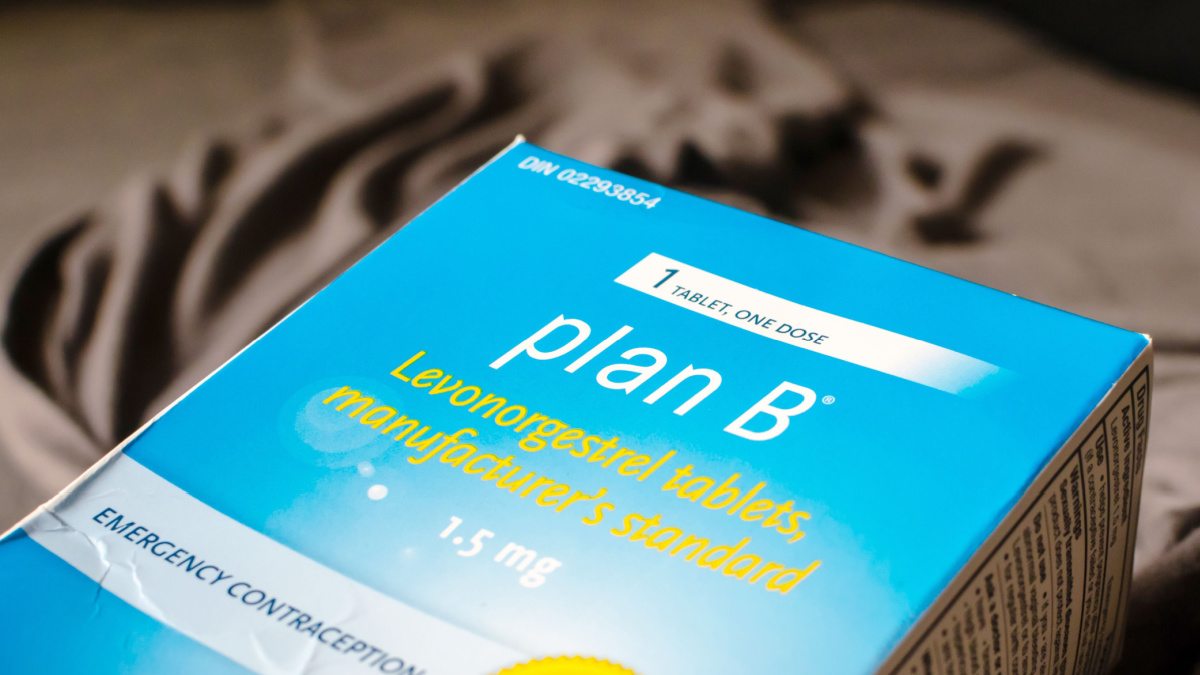The anatomy of the female orgasm is a complex and fascinating topic that has been studied extensively by researchers and medical professionals. The female orgasm is a physiological response to sexual stimulation that involves a series of muscular contractions in the pelvic region, along with a release of endorphins and other neurotransmitters that create a feeling of pleasure and euphoria. The clitoris, a small, highly sensitive organ located at the front of the vulva, is often considered the key to female orgasm, as it contains thousands of nerve endings that can be stimulated to produce intense sensations of pleasure. However, many women also report experiencing orgasm through vaginal stimulation or a combination of clitoral and vaginal stimulation. Understanding the anatomy and physiology of the female orgasm can help women explore their own sexual responses and enhance their sexual experiences.
Different Types of Female Orgasms
Female orgasms can be experienced in various ways, with different types offering unique sensations and intensities. The clitoral orgasm is one of the most common and easily achieved through direct stimulation of the clitoris. G-spot orgasms result from the stimulation of the sensitive area located on the front wall of the vagina, often described as a more intense and deeply satisfying sensation.
Another type is the cervical orgasm, which occurs when the cervix is stimulated during deep penetration. Some women also experience blended orgasms, which combine clitoral and G-spot stimulation for a more powerful climax. Additionally, there are nipple, anal, and even multiple orgasms, each providing their own distinct pleasure. It’s important to note that every woman’s experience is unique, and exploring different types of orgasms can enhance sexual pleasure and deepen intimacy. Communication, experimentation, and self-discovery play key roles in discovering and enjoying the diverse world of female orgasms.
Common Myths About Female Orgasms
There are several common myths surrounding female orgasms that can lead to misunderstanding and frustration. One myth is that all women can achieve orgasm through vaginal penetration alone, which is not true for most women. In fact, the majority of women require clitoral stimulation to reach orgasm.
Another myth is that women should be able to orgasm quickly and easily every time they have sex. The truth is that orgasm can be influenced by many factors, including stress, fatigue, and medication, and it may take time and experimentation to find what works best for each individual. It’s important to communicate with your partner and explore different techniques to find what feels good and leads to orgasm.
How to Achieve a Female Orgasm During Intercourse
Achieving a female orgasm during intercourse can be a challenging task for many women. However, it is not impossible. The key is simple: communication. Talk to your partner about what feels good for you and guide them accordingly. Additionally, incorporating foreplay and clitoral stimulation can increase your chances of reaching orgasm during intercourse. Experiment with different positions and find what works best for you. Remember, every woman is different, and what works for one may not work for another, so take your time and explore what feels good for you.
The Role of Communication in Female Orgasms
Communication plays a vital role in female orgasms. It is essential for partners to communicate their desires, preferences, and boundaries to each other. Women who communicate openly with their partners about what they want during sex are more likely to experience orgasms. This is because communication helps partners understand each other’s needs and desires, which leads to more pleasurable and fulfilling sexual experiences.
Moreover, communication can help women overcome any psychological barriers that may be preventing them from reaching orgasm. For instance, women who feel ashamed, guilty, or anxious about sex may have difficulty experiencing orgasm. By communicating their feelings with their partners, women can work together to overcome these obstacles and achieve orgasm. Therefore, open and honest communication is key to experiencing a satisfying and pleasurable sex life.
The Connection Between Mental Health and Female Orgasms
Research has shown that there is a strong connection between mental health and female orgasms. Women who experience anxiety, depression, or other mental health conditions may have difficulty achieving orgasm. This is because mental health issues can affect a woman’s ability to relax and feel pleasure. Additionally, stress and anxiety can cause physical tension in the body, making it more difficult to experience orgasm.
On the other hand, achieving orgasm can have a positive impact on mental health. Orgasms release endorphins, which are natural mood-boosters. They can also help to reduce stress and anxiety, and improve overall feelings of well-being. This means that prioritizing self-care and taking steps to improve mental health can have a positive impact on a woman’s ability to experience orgasm and enjoy a fulfilling sex life.
Tips for Enhancing Female Orgasms
- Explore your body. Take the time to explore your own body through self-pleasure. Experiment with different types of touch, pressure, and stimulation to understand what feels pleasurable for you. This self-exploration will help you communicate your desires and preferences to your partner, leading to more satisfying sexual experiences.
- Communicate with your partner. Open and honest communication with your partner is essential for enhancing female orgasms. Let them know what feels good, guide their touch, and express your desires. Sharing your fantasies, preferences, and boundaries can create a safe and comfortable environment that encourages experimentation and mutual satisfaction.
- Focus on clitoral stimulation. The clitoris is a key pleasure center for many women. Experiment with various techniques, such as circular motions, gentle strokes, or using a vibrator, to stimulate the clitoris during foreplay and intercourse. Remember, everyone’s preferences are different, so communicate and discover what works best for you.
- Discover the G-spot. The G-spot, located on the front wall of the vagina, can provide intense pleasure and even lead to powerful orgasms. Experiment with different angles, positions, and pressures to stimulate this area. Consider using sex toys specifically designed for G-spot stimulation to enhance the experience.
- Incorporate arousal-enhancing activities. Engaging in activities that increase arousal can lead to more intense orgasms. This can include erotic literature, sensual massages, watching or reading sexually stimulating material, or exploring fantasies. Find what turns you on and incorporate it into your sexual routine.
- Don’t forget about foreplay. Spending time on extended foreplay can greatly enhance female orgasms. Focus on stimulating erogenous zones like the breasts, inner thighs, and neck, as well as engaging in passionate kissing and caressing. Building anticipation and arousal before moving to genital stimulation can intensify the overall experience.
- Relax and let go. Creating a relaxed and comfortable environment is crucial for experiencing heightened pleasure. Release any performance pressure or mental distractions and allow yourself to be fully present in the moment. Deep breathing, meditation, or engaging in relaxation techniques can help you let go of stress and anxiety, allowing for more intense and enjoyable orgasms.
Embracing And Celebrating Female Orgasms
Women should not feel ashamed or embarrassed about their sexuality. Rather, they should feel empowered to explore their bodies and find what brings them pleasure. Moreover, male partners must learn to communicate and prioritize female pleasure in their sexual experiences. With knowledge and open communication, women can have fulfilling and satisfying sexual lives. It is time to break the stigma surrounding female orgasms and celebrate this natural and beautiful aspect of female sexuality.









